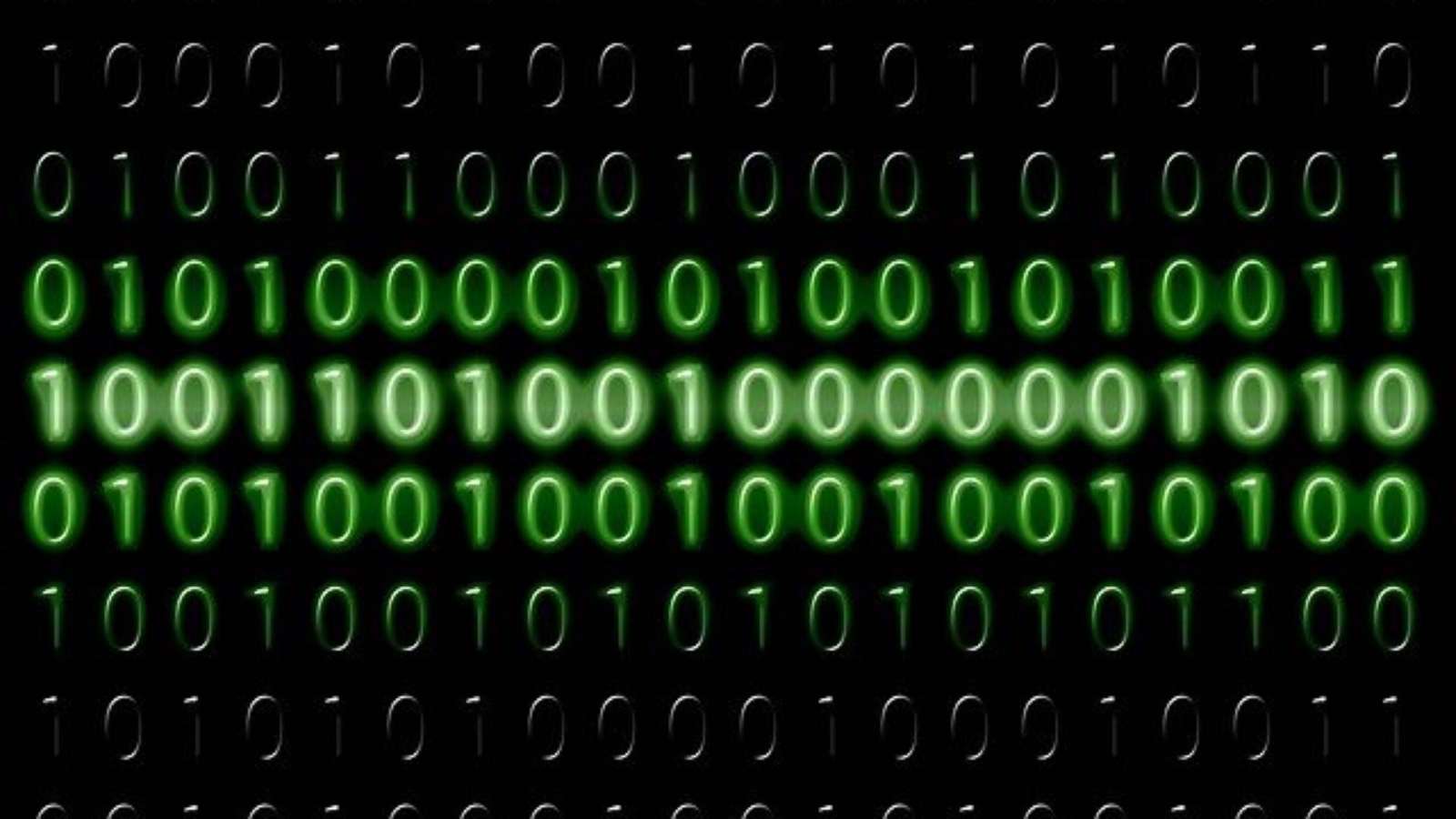Binär: The Power of Binary Code in Modern Computing
Binär: In the realm of modern computing, where the digital world thrives, there exists a fundamental language that underpins all operations: binär, or binary code. While it may seem enigmatic to the uninitiated, binary code serves as the bedrock upon which the entire digital infrastructure is built, enabling computers to process, store, and transmit data with unparalleled efficiency and precision.
What is Binär?
Binär is derived from the word “binary,” which itself originates from the Latin word “binarius,” meaning “consisting of two.” At its core, binär is a numerical system that uses only two symbols: typically 0 and 1. These two symbols represent the binary digits, often called “bits.”
In contrast to the decimal system, which uses ten symbols (0-9), the binary system’s simplicity lies in its binary nature. Each digit’s placement in a binary number represents a power of 2, with the rightmost digit representing 2^0 (1), the next representing 2^1 (2), then 2^2 (4), and so on.
How Binär Works:
To understand how binär works, let’s consider a simple example. The decimal number 13, when converted to binary, becomes 1101. Here’s how:
- Start with the decimal number 13.
- Divide 13 by 2, note the remainder (1), and the quotient (6).
- Repeat step 2 with the quotient (6). Divide 6 by 2, note the remainder (0), and the quotient (3).
- Repeat step 2 with the new quotient (3). Divide 3 by 2, note the remainder (1), and the quotient (1).
- Repeat step 2 with the final quotient (1). Divide 1 by 2, note the remainder (1), and the quotient (0).
- The remainders, read from bottom to top, give the binary equivalent: 1101.
Examples of Binär in Action:
- Digital Computing: Binär is fundamental to digital computing. Inside a computer, all data is represented and manipulated in binary form. Every piece of information, whether it’s text, images, or videos, is ultimately stored and processed as a series of binary digits.
- Communications: Binär is also used extensively in communication systems. For instance, telecommunication systems transmit data as binary signals, where the presence of a signal represents one binary state (often denoted as 1), while the absence of a signal represents the other binary state (denoted as 0).
- Data Encryption: Cryptography relies heavily on binär. Encryption algorithms encode sensitive information into binary code, making it unreadable to anyone without the decryption key. This binary representation ensures secure communication and data storage.
- Digital Electronics: Binär plays a crucial role in digital electronics, where electronic devices manipulate binary digits to perform various operations. From simple logic gates to complex microprocessors, electronic circuits rely on binary signals to execute instructions and process data.
- Internet Protocols: Binär is integral to internet protocols such as TCP/IP (Transmission Control Protocol/Internet Protocol). These protocols use binary data packets to facilitate communication between devices connected to the internet, enabling data exchange across networks.
Binär lies in its elegant simplicity
The power of binär lies in its elegant simplicity. By representing data using only two symbols, it allows computers to perform complex operations with remarkable efficiency. Every piece of information in a computer—be it text, images, sound, or video—is ultimately represented as a sequence of binary digits, known as bits. These bits are the smallest unit of data in a computer and can either hold a value of 0 or 1.
In the binary system, each digit’s place value represents a power of 2, with the rightmost digit representing 2^0, the next representing 2^1, then 2^2, and so on. By combining these digits, computers can represent any integer or character, as well as perform arithmetic operations, logic functions, and more.
Example
For example, let’s consider the binary representation of the decimal number 25. In binär, it is written as 11001. Breaking it down, the leftmost digit represents 2^4 (16), the next represents 2^3 (8), followed by 2^2 (4), then 2^1 (2), and finally 2^0 (1). Adding the values where the binary digit is 1 gives us 16 + 8 + 1, which equals 25.
Beyond simple numbers, binary code is also used to represent text through character encoding schemes like ASCII (American Standard Code for Information Interchange) and Unicode. In these schemes, each character is assigned a unique binary code, allowing computers to store and process textual data.
Furthermore, binär is integral to the operation of computer hardware at the lowest levels. Inside a computer’s central processing unit (CPU), instructions are executed using binary logic gates, which manipulate binary data based on logical operations such as AND, OR, and NOT. These gates form the building blocks of all digital circuits, enabling computers to perform calculations, make decisions, and execute programs.
The significance of binär extends far beyond individual computers. In the realm of digital communication, binary code serves as the universal language that facilitates the exchange of information across networks. Whether it’s transmitting emails, streaming videos, or browsing the web, data is broken down into binary form before being transmitted over communication channels. This ubiquitous language enables interoperability between devices and systems, regardless of their underlying hardware or architecture.
Conclusion
In conclusion, binär is the backbone of modern computing, serving as the fundamental language of digital systems worldwide. From the smallest microprocessors to the vast networks that connect the globe, binary code permeates every aspect of the digital landscape. Understanding its principles is essential for anyone seeking to comprehend the inner workings of computers and the broader field of information technology. In the age of digital transformation, binär remains as relevant and indispensable as ever, powering the technology that shapes our lives.
